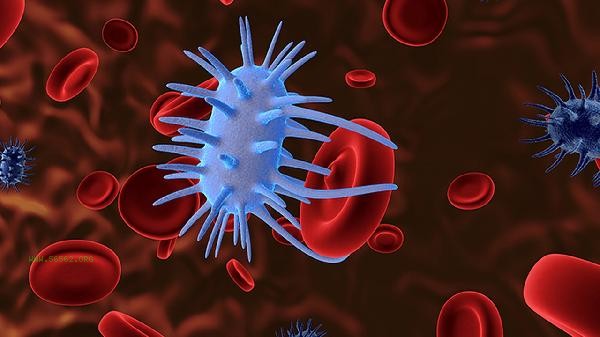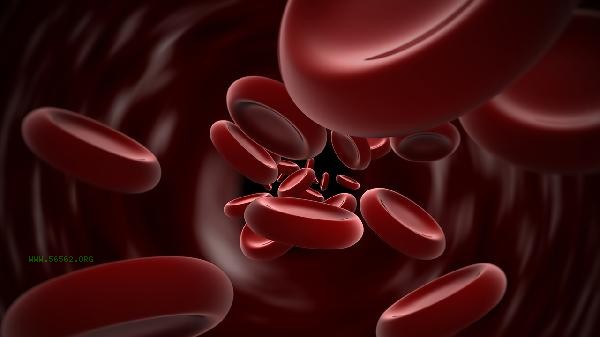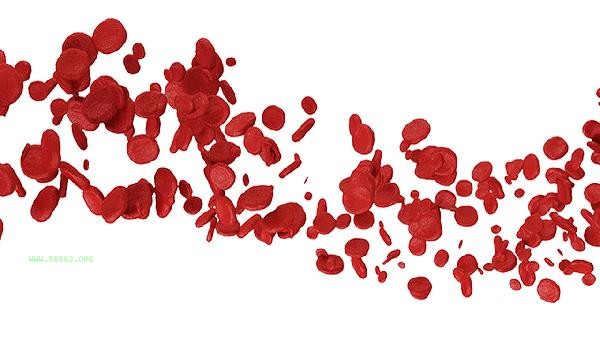Low red blood cell count usually indicates anemia or hematopoietic dysfunction, which may be related to factors such as nutritional deficiency, chronic blood loss, and bone marrow diseases. When the degree of anemia is mild, there may be no obvious symptoms, but in severe cases, symptoms such as fatigue, dizziness, and pale complexion may appear.

1. Nutritional deficiency
Iron is an essential raw material for hemoglobin synthesis, and long-term insufficient iron intake can lead to iron deficiency anemia. Vitamin B12 and folate deficiency may cause megaloblastic anemia. This type of anemia can be diagnosed through blood routine, serum ferritin, and other tests. Treatment requires targeted supplementation of iron supplements such as ferrous succinate tablets, vitamin B12 such as mecobalamin tablets, folic acid such as folic acid tablets, and adjusting dietary structure.
2. Chronic blood loss
Digestive ulcers, long-term bleeding from hemorrhoids, or excessive menstruation in women can all lead to sustained loss of red blood cells. This type of situation is often accompanied by symptoms such as positive fecal occult blood and prolonged menstrual period. Treatment requires controlling the source of bleeding first, such as using omeprazole enteric coated capsules to treat gastric ulcers, and supplementing hematopoietic materials with iron supplements. Severe blood loss patients may require blood transfusion treatment.
3. Bone marrow suppression [SEP]. Diseases such as aplastic anemia and myelodysplastic syndrome can lead to impaired hematopoietic stem cell function. These patients often have decreased white blood cells and platelets in addition to decreased red blood cells, and need to be diagnosed through bone marrow puncture. Treatment includes immunosuppressants such as cyclosporine soft capsules, erythropoietin such as recombinant human erythropoietin injection, etc. Severe cases may require consideration of bone marrow transplantation. Hemolytic anemia
occurs when the destruction of red blood cells accelerates beyond the compensatory capacity of the bone marrow, and is commonly seen in diseases such as hereditary spherocytosis and autoimmune hemolysis. The patient may experience symptoms such as jaundice and soy sauce colored urine, which can be diagnosed by combining reticulocyte count and Coombs test. Treatment requires corticosteroids such as prednisone acetate tablets, and in severe cases, splenectomy is necessary.

5. Chronic diseases [SEP]: Patients with renal insufficiency have reduced secretion of erythropoietin, and chronic inflammations such as rheumatoid arthritis can inhibit iron utilization. This type of anemia requires treatment of the underlying disease. Renal anemia can be treated with dapoxetine alpha injection, while ensuring high-quality protein intake. Tumor patients with anemia may require blood transfusion support therapy.
If low red blood cell count is found, the three items of anemia and bone marrow examination should be improved to clarify the cause. Mild anemia can be improved by increasing iron rich foods such as lean meat, animal liver, and dark vegetables, while avoiding strong tea that affects iron absorption. Patients with moderate to severe anemia should follow the doctor's instructions for standardized medication, regularly monitor changes in blood routine indicators, and avoid exacerbating hypoxia symptoms with vigorous exercise. Special populations such as pregnant women and adolescents need to pay more attention to their hemoglobin levels.









Comments (0)
Leave a Comment
No comments yet
Be the first to share your thoughts!